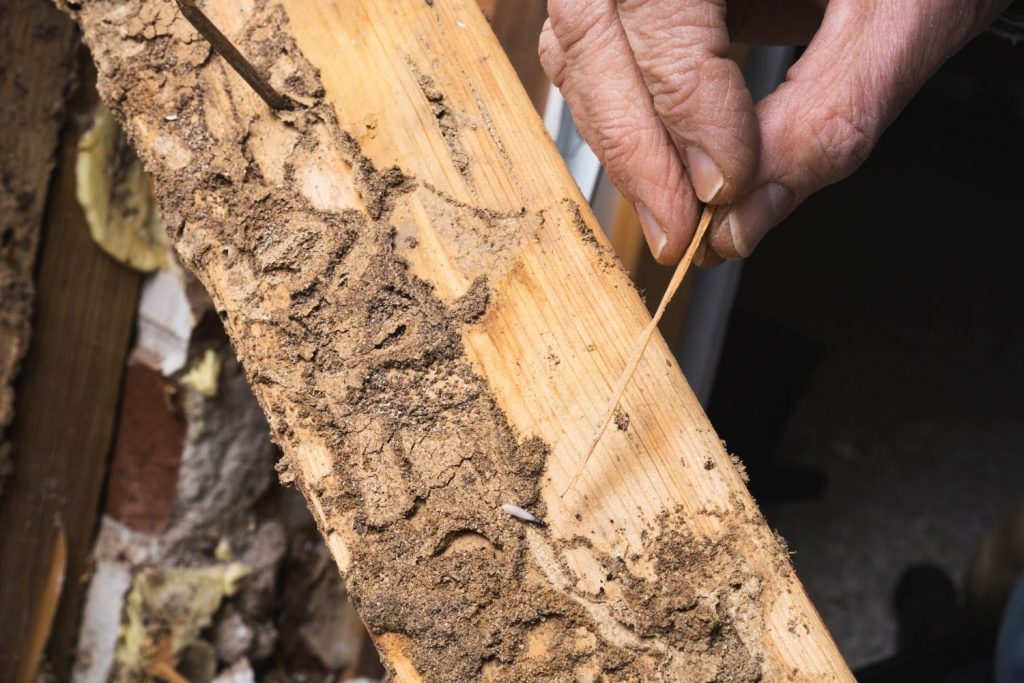Termites and ants are two of the most common pests found in homes around the world. Although both can cause damage to your home, it is important to understand the differences between the two so you can protect your home from the damage they can cause. In this article, we will explain the differences between termites and ants and how to protect your home from their damage.
Types of Termites
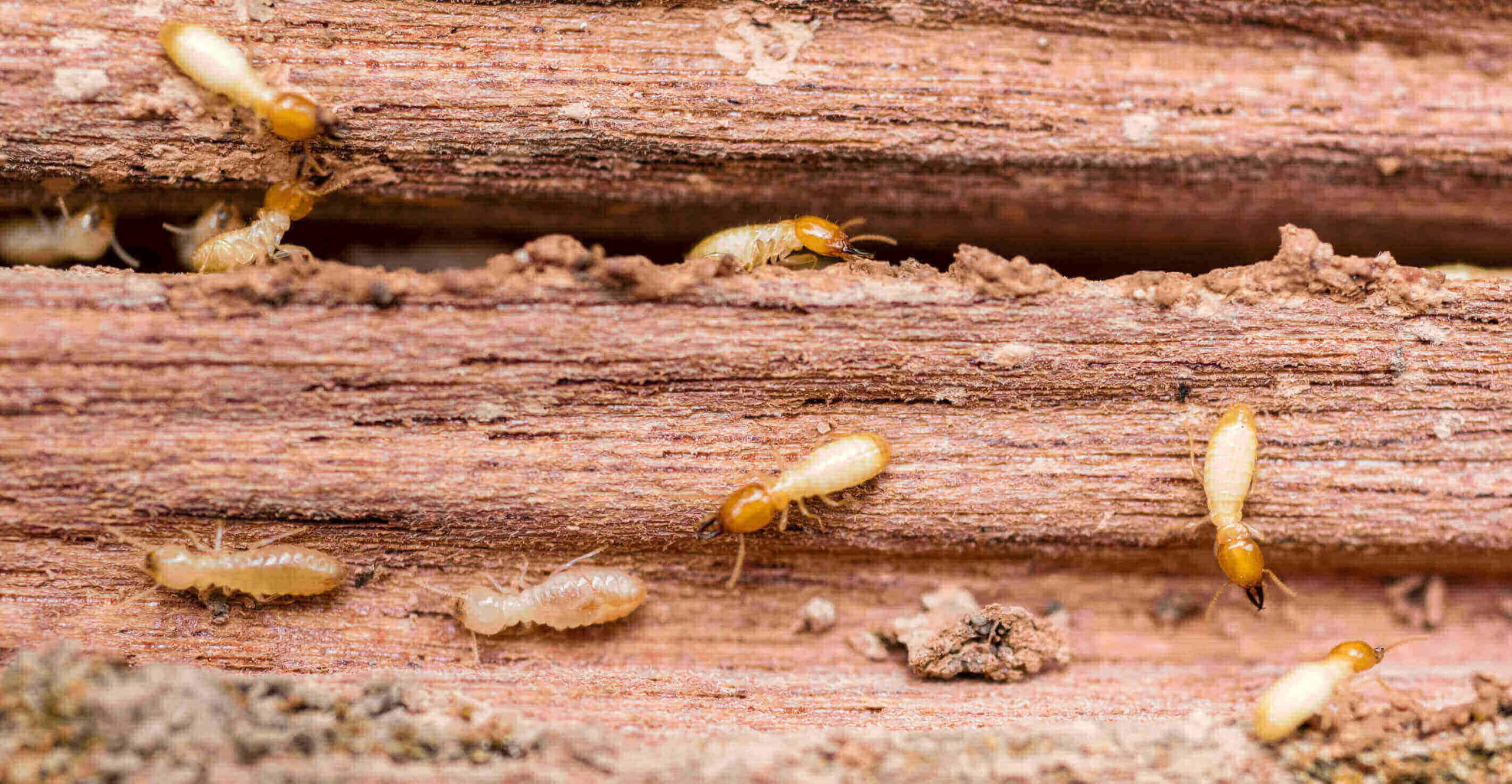
| Type | Characteristics |
|---|---|
| Subterranean Termites | Live in colonies in the soil and damage wood structures by creating tunnels and galleries in the wood. |
| Drywood Termites | Live inside wooden structures and consume wood. They do not contact the soil. |
| Formosan Termites | Live in large colonies in the soil and can cause extensive damage to wood and other materials. |
| Conehead Termites | Live in colonies in the soil and can cause extensive damage to wood and other materials. |
Termites are divided into four main species: Subterranean, Drywood, Formosan, and Conehead. Subterranean termites live in colonies in the soil. They feed on wood and other materials, creating tunnels and galleries in the wood. Drywood termites live inside wooden structures and consume wood, but they do not contact the soil. Formosan termites live in large colonies in the soil and can cause extensive damage to wood and other materials. Conehead termites also live in colonies in the soil and can cause extensive damage to wood and other materials.
Types of Ants
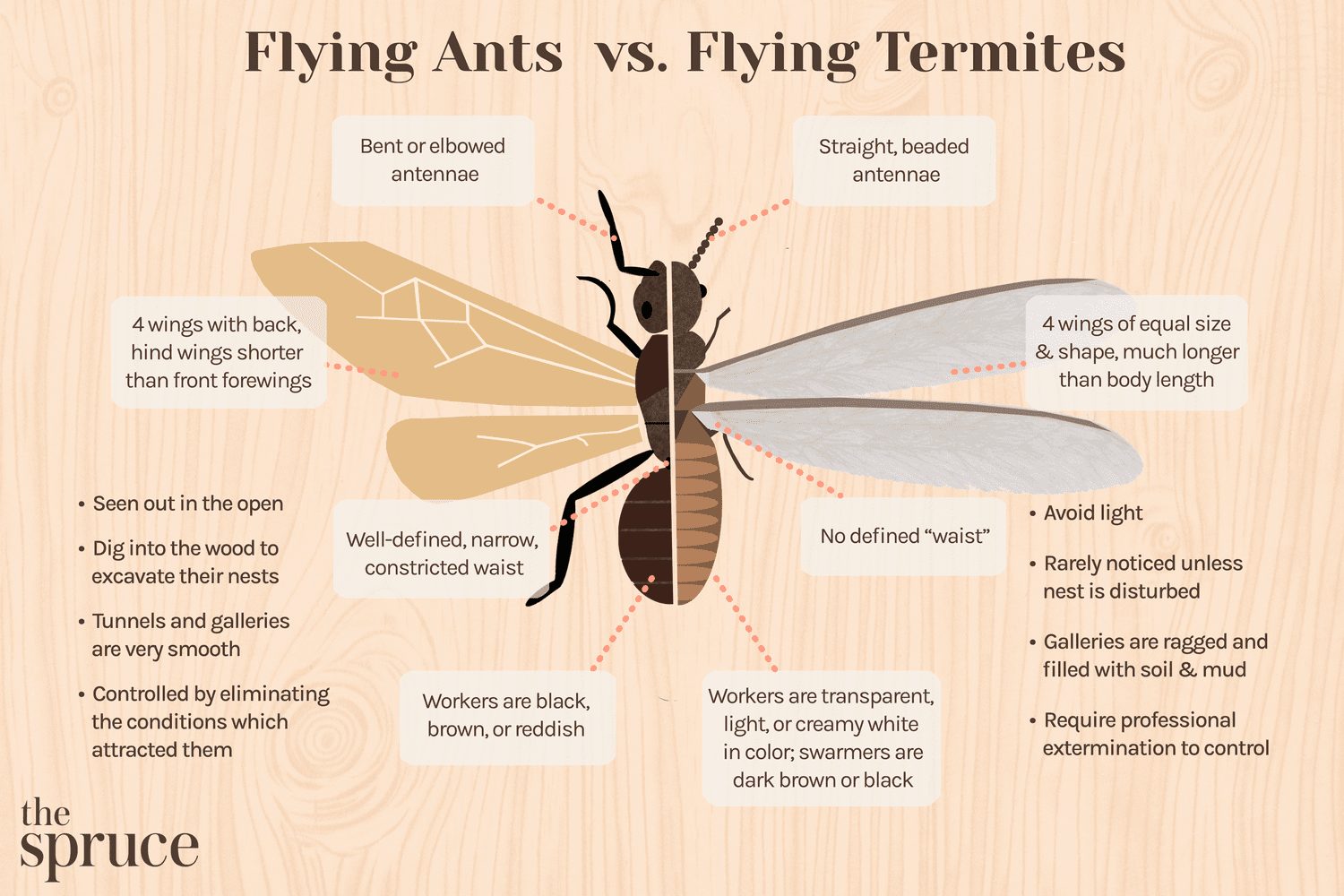
| Type | Size | Color |
|---|---|---|
| Carpenter ants | 0.3 to 1 inch | Black, red, yellow, or a combination |
| Pavement ants | 1/12 to 1/5 inch | Black, brown, or red |
| Odorous house ants | 1/12 to 1/8 inch | Black or dark brown |
| Fire ants | 1/6 to 1/4 inch | Reddish-brown |
Ants are common pests found in many areas of the world. They come in a variety of shapes, sizes, and colors. The most common types of ants are carpenter ants, pavement ants, odorous house ants, and fire ants. Carpenter ants are typically 0.3 to 1 inch long and may be black, red, yellow, or a combination of colors. Pavement ants are 1/12 to 1/5 inch long and are usually black, brown, or red. Odorous house ants are 1/12 to 1/8 inch long and are usually black or dark brown. Fire ants are usually 1/6 to 1/4 inch long and reddish-brown in color.
Damage Caused by Termites
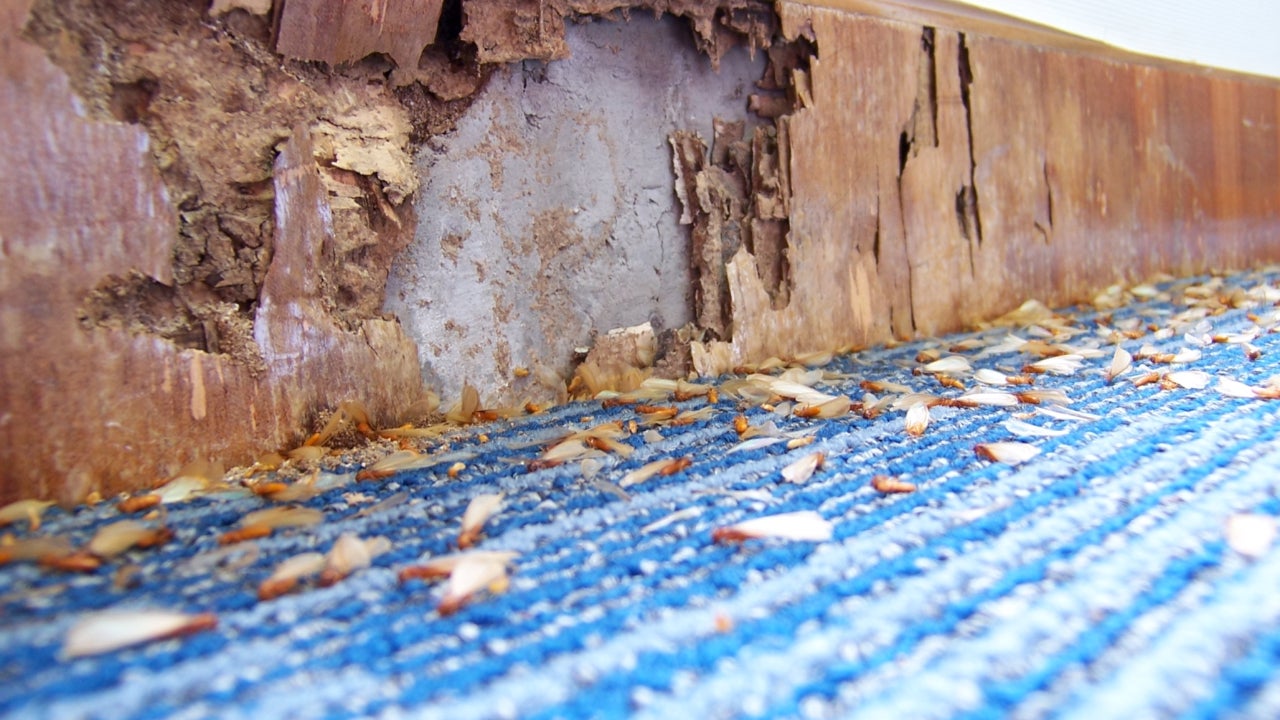
- Wooden structures: Termites can cause severe damage to wooden structures such as furniture, doors, windows, beams, joists, and other wooden objects.
- Paper products: Termites can also damage paper products such as books, documents, magazines, and other paper items.
- Clothing and fabrics: Termites can damage clothing and fabrics, especially if they are stored near infested areas.
- Food: Termites can damage food products such as cereals, grains, and other food items.
- Electrical wiring: Termites can damage electrical wiring, which can cause a fire hazard.
- Plant life: Termites can damage plant life, including trees, shrubs, and other vegetation.
Damage Caused by Ants
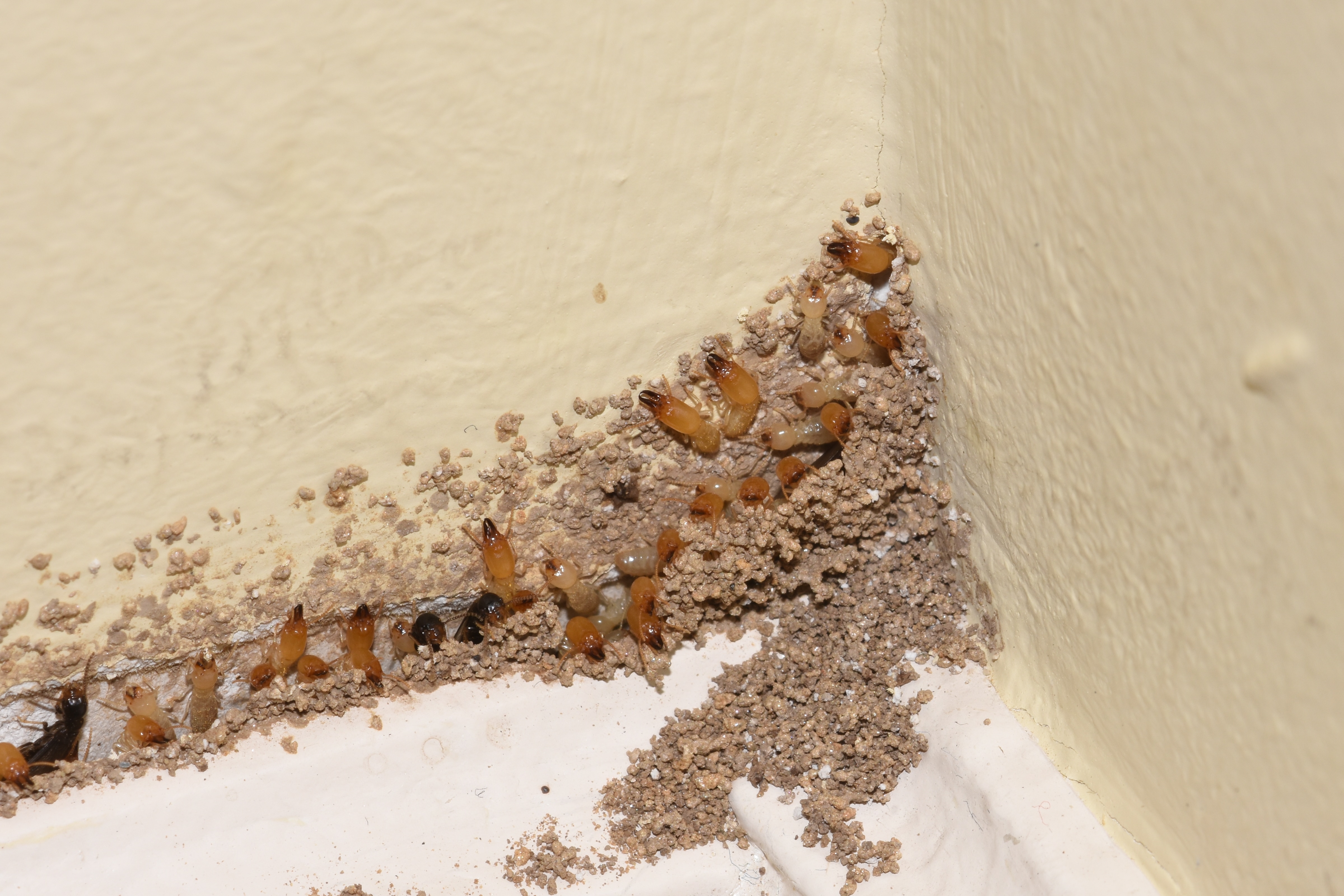
Ants are among the most common household pests, and they can cause a considerable amount of damage to buildings and other structures. They are capable of damaging wood, drywall, insulation, and other materials in search of food and shelter. Ants can also damage plants and crops, and the medical bills associated with ant bites can be costly.
Structural Damage
Ants are capable of causing extensive structural damage by chewing through wood, drywall, and insulation. This damage can be costly to repair, especially if the infestation is large or has been left untreated for an extended period of time. In some cases, the damage can be severe enough to compromise the structural integrity of a building.
Damage to Plants and Crops
Ants can cause significant damage to plants and crops. They can consume the leaves, stems, and roots of plants, as well as the fruits and vegetables that are produced by the plants. This can lead to reduced yields and smaller harvests.
Medical Bills
Ants can cause painful bites and stings that can require medical treatment. These medical bills can add up quickly, especially if the infestation is severe.
Table: Damage Caused by Ants
| Damage Type | Description |
|---|---|
| Structural Damage | Chewing through wood, drywall, and insulation. |
| Damage to Plants and Crops | Consuming the leaves, stems, and roots of plants, as well as the fruits and vegetables that are produced by the plants. |
| Medical Bills | Painful bites and stings that can require medical treatment. |
Preventative Measures
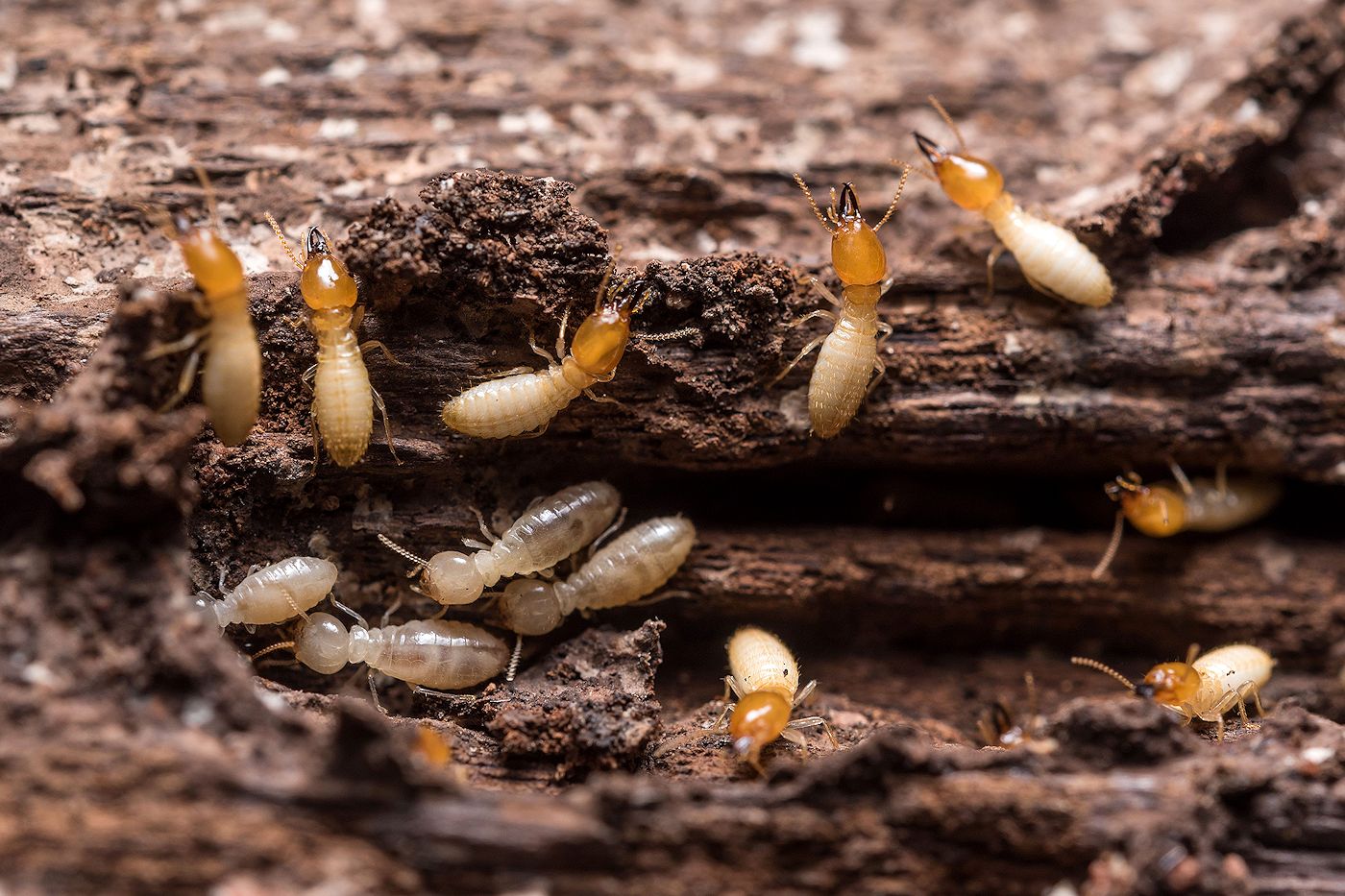
| Termites | Ants |
|---|---|
|
|
Costs for Treatment
| Pest | Cost |
|---|---|
| Termites | $300-$900 |
| Ants | $50-$250 |
Treatment for termites is typically more expensive than for ants, with costs ranging from $300-$900. Treatment for ants is usually much less expensive and can range from $50-$250.
Comparison of Termites and Ants Damage
Termites and ants can cause significant damage to structures, especially if left unchecked. While both of these pests can cause costly property damage, there are some key differences between the way they cause destruction.
The most obvious difference between termites and ants damage is the type of material they consume. Termites feed on wood, paper, and cellulose-based materials, while ants feed on almost anything, including sweets, proteins, and fats. As a result, termite damage is much more extensive and requires more extensive repairs.
Termite damage is also harder to detect than ant damage. This is because termites tunnel into the wood and live within the structure, making it difficult to spot the signs of an infestation. In contrast, ant damage is usually obvious, as it is often visible on the surface.
In terms of the amount of damage they can cause, termites can cause more extensive damage than ants. This is due to their ability to tunnel into the wood, weakening the structure and making it more vulnerable to collapse. They are also capable of eating through electrical wiring, creating a fire hazard.
Finally, termites have a much longer lifespan than ants, making them a greater threat to structures. While most species of ants only live a few months, termites can live up to 10 years and can cause significant damage over time.
Overall, termites and ants can both cause significant damage to structures, but the type and amount of damage they cause varies. Termites are much more destructive and can cause more extensive damage over a longer period of time. Ants, on the other hand, can cause more visible damage, but their lifespan is much shorter.
Frequently Asked Questions
What kind of damage can termites cause to my home?
Termites can cause extensive damage to wooden fixtures, furniture, and structural beams in your home. They are known for their wood-eating habits and can quickly reduce the structural integrity of your home by eating away at the wooden parts. In extreme cases, termite infestations can cause collapse of the walls, ceilings, and floors of your home. In addition, termites can also cause damage to insulation, drywall, and other materials.
How do I know if I have a termite infestation?
Signs of an infestation can include mud tubes on the exterior walls of a structure, swarms of flying insects, discarded wings and a hollow sound when wood is tapped. Other signs include buckling wood, thin sheets of blistered paint and frass (termite droppings). In addition, if you’re seeing what looks like sawdust around wood structures, that could be a sign of termite activity.
What is the Difference Between Termites and Moisture Ants?
Termites and moisture ants are both wood-destroying pests, but there are some key differences between them. Termites feed on wood and cause damage from the inside out, while moisture ants build nests in wood and cause damage from the outside in. Termites require a moist environment to thrive, while moisture ants prefer wood that is damp or has been exposed to water. Termites are smaller than moisture ants, ranging in size from ⅛ to ½ inch, while moisture ants are between ¼ to ½ inch. Termite colonies can contain thousands of individuals, while moisture ant colonies contain hundreds.
How can I protect my home from termite damage?
To protect your home from termite damage, it is important to keep an eye out for any signs of infestation. Look for mud tunnels along walls, wood damage, and small holes in wood surfaces. If you spot any of these signs, call a professional pest control service to inspect your home and provide treatment. Additionally, you can reduce the risk of termites by ensuring the wood around your home is not in contact with the soil, sealing off any cracks in your foundation, and keeping the soil around your foundation well drained.
How can I tell the difference between termites and ants damage?
Termites and ants cause similar damage to wood, but there are key differences to look out for. Ants leave sawdust and piles of soil near their entry points, while termites rarely leave any visible evidence of their presence. Termite damage is also typically smoother, as they tend to follow the grain of the wood, while ants excavate tunnels at random. Additionally, termite damage is often found in hard-to-reach places, like joists or wall studs, and can be identified by mud tubes or swarmers.
Conclusion
Termites and ants can both cause significant damage to homes and other structures, but there are important distinctions between the two. Termites mostly feed on wood and other cellulose materials, while ants are more likely to feed on sugary foods and other organic matter. Homeowners should be aware of these differences and take appropriate steps to protect their home from both types of pests. Termite control is especially important, as they can cause costly structural damage if left unchecked.

